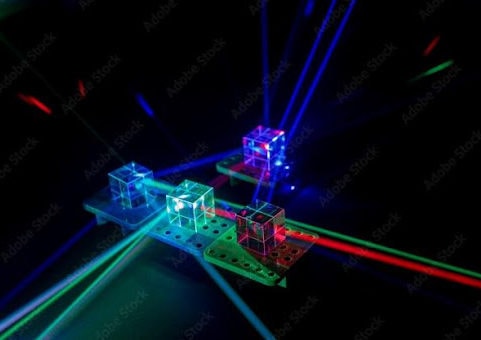Harnessing the Power of Light: The Fascinating Role of Hot Mirrors in Optics
Created at : Apr 29 2025
In the intricate world of optics, where precision and control are paramount, hot mirrors stand out as marvels of engineering. These specialized components are crucial for managing light and heat, enabling countless modern technologies to function seamlessly.
The Science Behind Hot Mirrors
Hot mirrors are a type of dielectric mirror, meticulously crafted from multiple thin layers of dielectric materials. Through the phenomenon of constructive and destructive interference, these layers manipulate the behavior of light. The result? Hot mirrors selectively reflect infrared (IR) light—starting from around 700 to 750 nanometers and extending into the mid-IR spectrum—while allowing visible light (400–700 nanometers) to pass through with minimal distortion.
This ability to control different parts of the light spectrum makes hot mirrors indispensable in systems where thermal management and optical clarity are critical.
Key Characteristics That Make Hot Mirrors Unique
- Spectral Selectivity: Hot mirrors excel at transmitting visible light while reflecting infrared wavelengths, ensuring clear visibility alongside effective heat management.
- Angle Optimization: Designed for specific angles of incidence, usually 0° or 45°, their performance can vary depending on how light strikes the mirror.
- Thermal Protection: By reflecting infrared radiation, hot mirrors prevent the buildup of heat, protecting sensitive components in optical devices.
Real-World Applications: Where Hot Mirrors Shine
- Projection Systems: In projectors, hot mirrors deflect unwanted IR radiation away from internal components, ensuring longevity and maintaining image quality.
- Machine Vision and Imaging: Cameras equipped with hot mirrors filter out IR light that could otherwise degrade image sharpness and color accuracy.
- Medical and Scientific Equipment: Instruments used in laboratories and hospitals often rely on hot mirrors to shield heat-sensitive sensors and samples.
- Laser Systems: Hot mirrors enable precise management of light in laser applications, directing IR beams appropriately while maintaining visibility for alignment and observation.
Hot Mirrors vs. Cold Mirrors: A Dynamic Duo
While hot mirrors transmit visible light and reflect infrared, cold mirrors perform the opposite function—reflecting visible light and transmitting IR. Together, they offer engineers a versatile toolkit for comprehensive light and thermal management.
Conclusion
In a world increasingly driven by optical technologies, the humble hot mirror plays a vital role behind the scenes. Whether preserving the integrity of a powerful projector or enhancing the clarity of a high-resolution camera, hot mirrors demonstrate the profound impact of mastering the interaction between light and materials. As our demand for precision optics grows, so too will the innovations built upon the foundational brilliance of hot mirrors.

 CUSTOM OPTICAL FILTERS
CUSTOM OPTICAL FILTERS
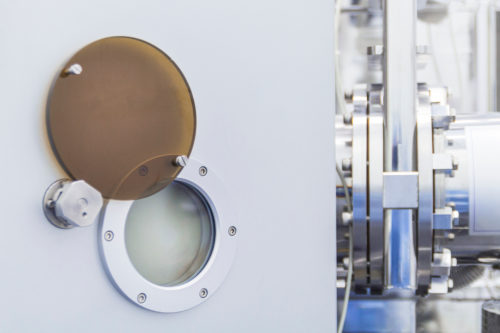 OPTICAL WINDOWS
OPTICAL WINDOWS
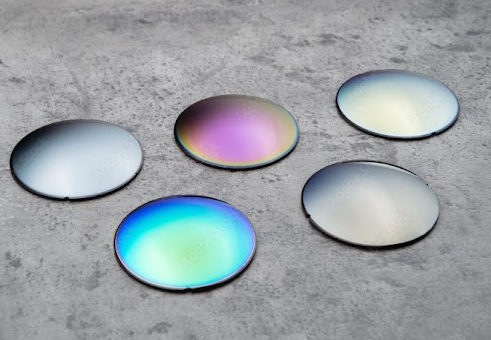 OPTICAL COATINGS
OPTICAL COATINGS
 UV OPTICS
UV OPTICS
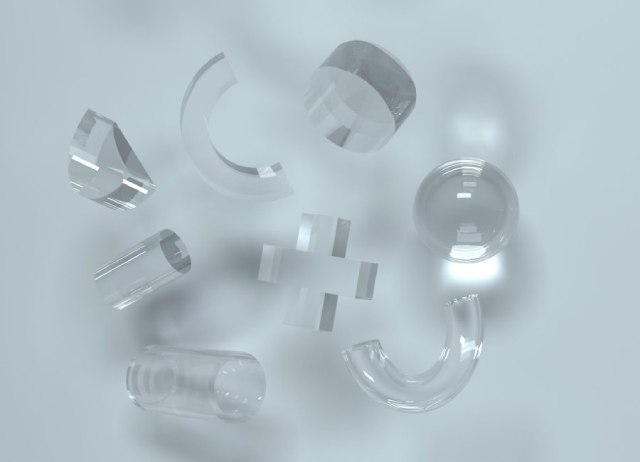 CYLINDRICAL OPTICS
CYLINDRICAL OPTICS
 CUSTOM TEMPERED OPTICS
CUSTOM TEMPERED OPTICS
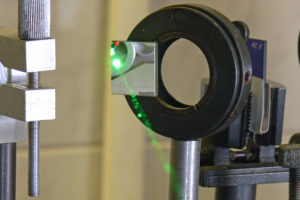 OPTICAL MIRRORS
OPTICAL MIRRORS
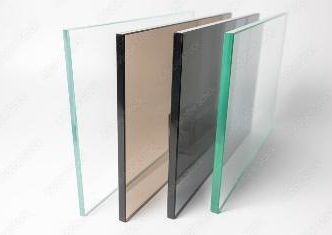 NEUTRAL DENSITY
NEUTRAL DENSITY
 PRISMS & RETROREFLECTORS
PRISMS & RETROREFLECTORS
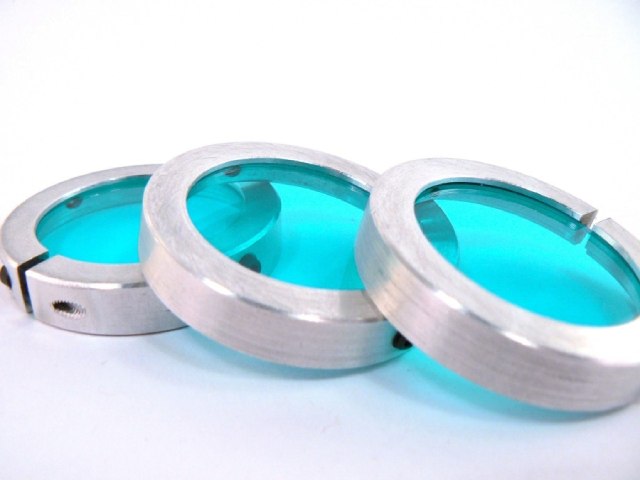 ASSEMBLIES
ASSEMBLIES
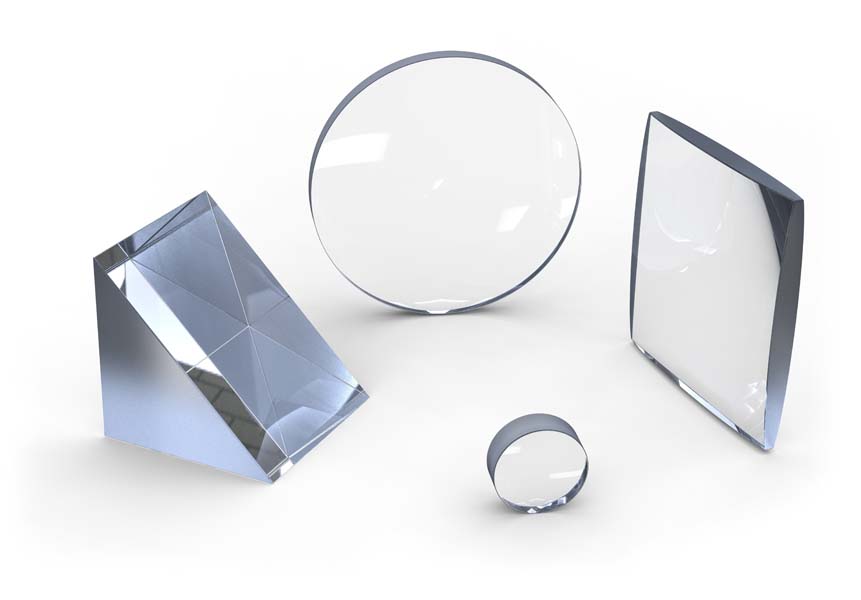 OPTICAL LENSES
OPTICAL LENSES
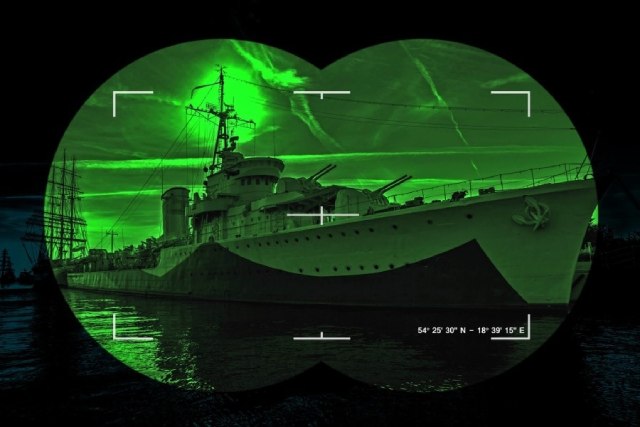 NIGHT VISION FILTERS
NIGHT VISION FILTERS
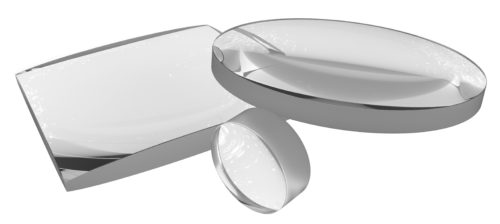 ACHROMATIC LENSES
ACHROMATIC LENSES
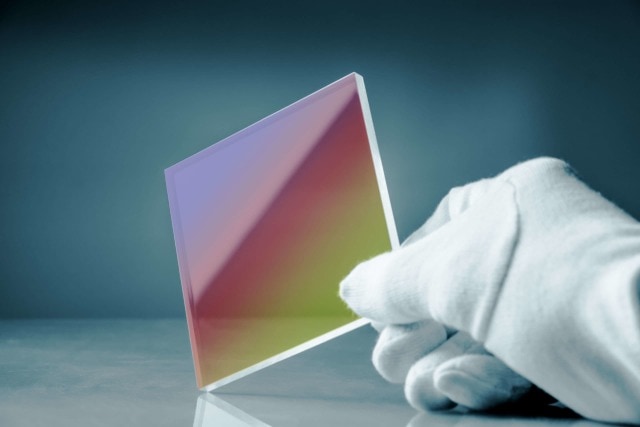 OPTICAL BEAM SPLITTERS
OPTICAL BEAM SPLITTERS
